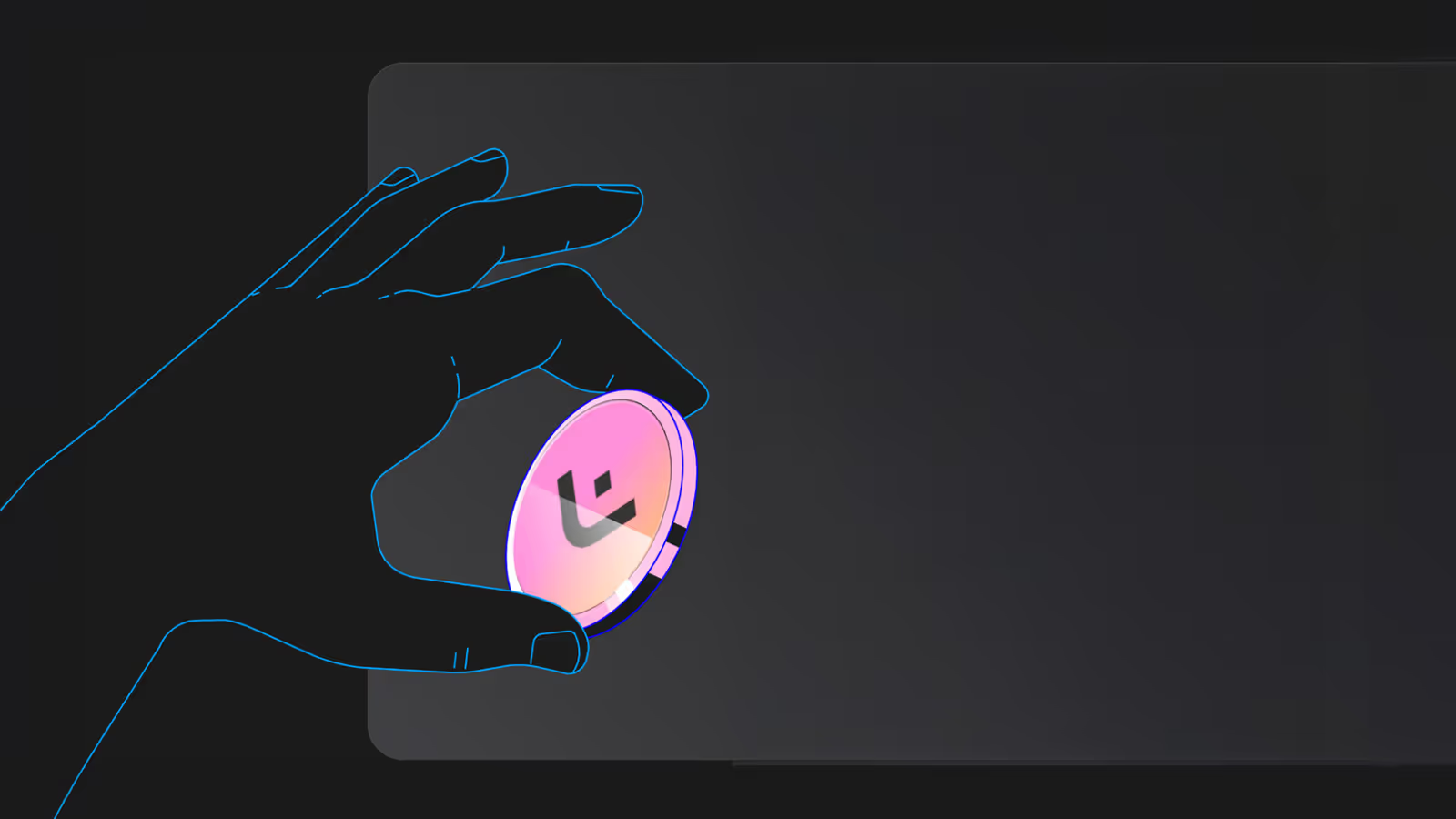



MANTRA is layer-1 blockchain at the forefront of blending traditional financial markets with blockchain technology through tokenized real-world assets.
It offers an innovative solution: a permissionless environment where permissioned applications can flourish. Instead of embedding compliance at the consensus level, smart contract modules enable flexible, robust permissioning at the application layer as needed.

Mantra's mission is to empower builders with the tools to unlock a whole new realm of compliant dApp innovation.
In an ever-changing world, MANTRA aims to evolve with the complex regulatory landscape to offer real world compliance on-chain – no matter where in the world they occur.

MANTRA launched in 2020 with OM as an ERC20 DeFi token. In 2022, the team began building MANTRA Chain to support real-world asset (RWA) tokenization. After community feedback, OM was made the native staking coin for the new chain in early 2024. A one-way bridge now lets users migrate OM from Ethereum to MANTRA Chain, with over 37 million tokens already moved. The mainnet launched in October 2024, and MANTRA now aims to be the onchain ledger for RWAs.

MANTRA launched in 2020 with OM as an ERC20 DeFi token. In 2022, the team began building MANTRA Chain to support real-world asset (RWA) tokenization. After community feedback, OM was made the native staking coin for the new chain in early 2024. A one-way bridge now lets users migrate OM from Ethereum to MANTRA Chain, with over 37 million tokens already moved. The mainnet launched in October 2024, and MANTRA now aims to be the onchain ledger for RWAs.

The DID module revolves around issuing a digital identity as a soulbound NFT. This process begins with Know Your Customer (KYC) verification through a regulated entity authorized in the relevant jurisdiction. Users must provide their MANTRA Chain wallet address along with standard KYC information during onboarding.
The DID module revolves around issuing a digital identity as a soulbound NFT. This process begins with Know Your Customer (KYC) verification through a regulated entity authorized in the relevant jurisdiction. Users must provide their MANTRA Chain wallet address along with standard KYC information during onboarding.

The Guard Module is MANTRA Chain's proprietary compliance and permissioning system, working in tandem with the DID module to enforce permissions at the protocol level. It interprets metadata within the soulbound NFT (DID) to determine user access to specific features, assets, or services on the network.
The Guard Module is MANTRA Chain's proprietary compliance and permissioning system, working in tandem with the DID module to enforce permissions at the protocol level. It interprets metadata within the soulbound NFT (DID) to determine user access to specific features, assets, or services on the network.

This comprehensive module allows for creating, managing, and controlling tokenized assets on MANTRA Chain. Key features include a Token Factory, Configurable Workflows, Admin Rights, Comprehensive Token Management (minting, burning, seizing, freezing, distributing), Built-in Functionality, Jurisdictional Compliance, and Bank Module Integration.
This comprehensive module allows for creating, managing, and controlling tokenized assets on MANTRA Chain. Key features include a Token Factory, Configurable Workflows, Admin Rights, Comprehensive Token Management (minting, burning, seizing, freezing, distributing), Built-in Functionality, Jurisdictional Compliance, and Bank Module Integration.

MANTRA Chain's exchange platform introduces a revolutionary protocol-level liquidity pool system, forming the backbone of decentralized finance on the platform. It creates a permissionless environment with blockchain-integrated liquidity, featuring whitelisted liquidity pools operating as standard Automated Market Maker (AMM) swaps.
MANTRA Chain's exchange platform introduces a revolutionary protocol-level liquidity pool system, forming the backbone of decentralized finance on the platform. It creates a permissionless environment with blockchain-integrated liquidity, featuring whitelisted liquidity pools operating as standard Automated Market Maker (AMM) swaps.

This innovative protocol, currently under development, addresses the pervasive issue of liquidity scarcity in crypto markets, particularly for assets beyond top-tier cryptocurrencies like Bitcoin and Ethereum. LEEP aims to solve the challenge of bringing liquidity to tokenized real-world assets, which are often illiquid even in traditional markets.
This innovative protocol, currently under development, addresses the pervasive issue of liquidity scarcity in crypto markets, particularly for assets beyond top-tier cryptocurrencies like Bitcoin and Ethereum. LEEP aims to solve the challenge of bringing liquidity to tokenized real-world assets, which are often illiquid even in traditional markets.




